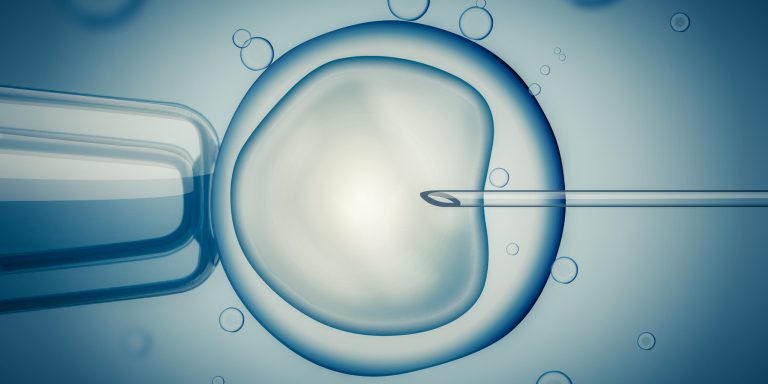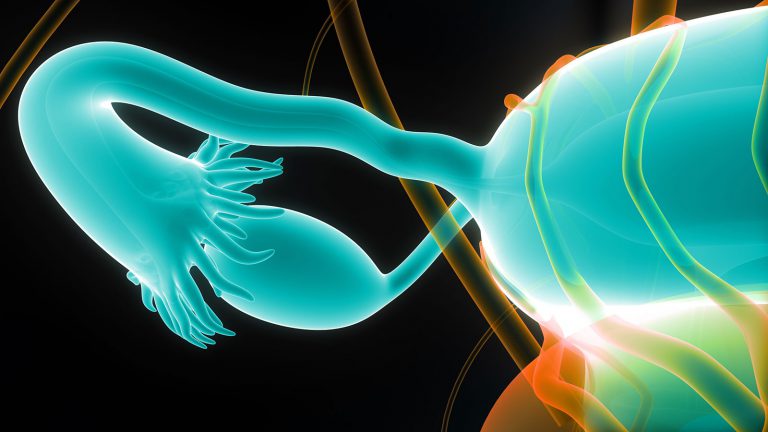Assisted hatching is a procedure used with IVF to thin or breach the membrane surrounding a very early stage embryo in order to assist with embryo development.
A “blastocyst” is the technical name for the one of the earliest stages of a pregnancy, which begins about three to five days after an egg has been fertilized. In this stage, the blastocyst consists of a bundle of cells and a thin protein membrane – the zona pellucida (“ZP”) – which forms the outer layer of the blastocyst.
In order for the blastocyst to implant into the uterine wall, it first must “hatch” – break through the ZP. In a normal pregnancy, this typically happens around the fifth day after conception. Some blastocysts do not succeed in hatching, and thus no pregnancy occurs even though an egg was fertilized. Repeated failure of zona hatching is thought to be a contributing cause of infertility in some cases.
Typical assisted hatching procedures involve the use of a glass micro needle, a laser, or an acidic solution to help weaken and penetrate the ZP. This procedure is usually performed on day 3, 5, or 6 after lab-assisted conception, just prior to transferring the embryo into the uterus.
The goal of assisted hatching is to increase the chances that implantation and pregnancy will occur after IVF. A group of early randomized trials showed that assisted hatching improved implantation rates in cases where the prognosis was considered poor – e.g., in cases where the embryo appeared to be of poor quality and/or the mother was of advanced age. Since these trials, many IVF clinics incorporate assisted hatching into their procedures in order to improve success rates.
{{cta(’35bc10dc-df4c-4d91-b5a6-b078d70b85c2′)}}
Assisted Hatching IVF Success Rates
Assisted hatching success rates can vary depending the method and equipment being used, the quality of the embryo, whether the embryo is fresh or frozen, whether the mother has had prior failed IVF cycles, and other factors.
Many trials show very different success rates between IVF with assisted hatching and IVF without assisted hatching; some show no difference between the two. The average improvement in the rate of successful pregnancies when assisted hatching is used is small, about 1%.
Additionally, it is important to consider that this improvement is only in pregnancy rates, not live births. There is not enough evidence available to support an improvement in live birth rates with assisted hatching.
When is Assisted Hatching Used?
Assisted hatching is not recommended routinely for all IVF patients, since it comes with certain risks. In particular, the risk of multiple pregnancy is slightly higher with assisted hatching. The procedure also runs the risk of damaging the embryos. Typically, patients are advised to use assisted hatching when they have had previous failed IVF cycles and/or have a poor prognosis for an IVF cycle.






